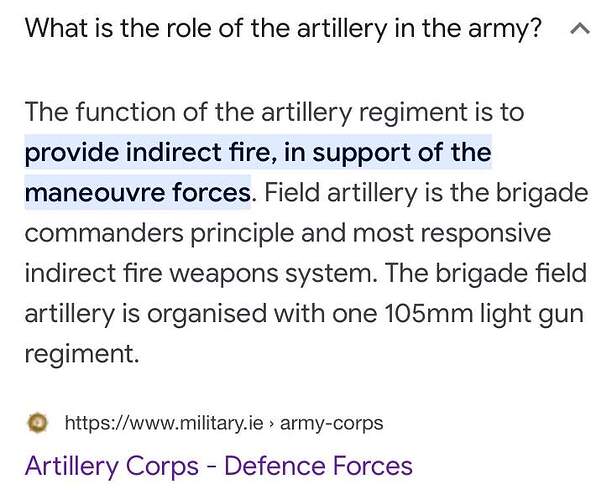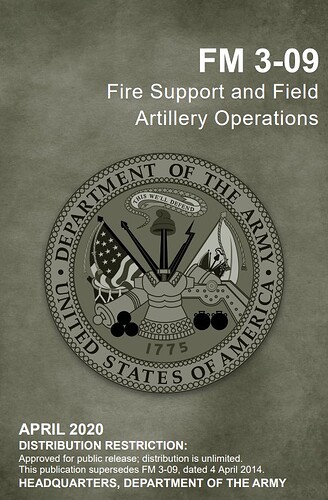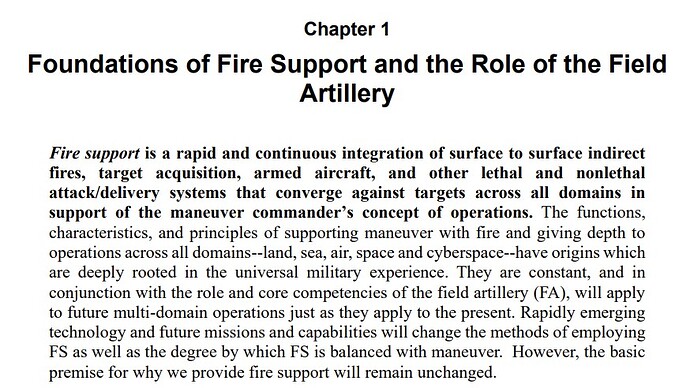Again, I’m not big on campaigns, not because I don’t like them (I do) but rather because I always have twenty things going on at once. I think possibly a Land, Sea, Air campaign would be similar to what you’re suggesting, but still have slight limits. Each participant builds a subject from, you guessed it - Land, Sea, and Air. But they can choose any era, subject, or scale from any of the three categories. Obviously it would be more fun if they all had a connection, but we don’t want peoples’ heads to explode…
As an example, I’d thought of building the PT -109, and Me 109, and an M109A-whatever SPG.
Ah, the possibilities - HMS Tiger Battle crusier, Tiger Tank, F-5 Tiger. And my brain didn’t even explode.
'61 Chevy Mako Shark, or the Hyundai Tiburon (Spanish for shark) the USS Shark, and the Northrop F-20 Tigershark…
HMCS Cougar (or ship in same class with proper changes, as I don’t know if there’s a kit)
Mercury Cougar (I have the kit - the '71 XR7 was my first and fourth car, with a couple of '73’s in between) or the Cougar MRAP, and of course the Grumman F-9 Cougar.
The USS Hornet, the Dodge Hornet, and the McDonnell Douglas F/A-18 Hornet.
This is too easy.
On second thought, maybe all three subjects do need to be connected in some way, however tenuous or creative it may be. 






